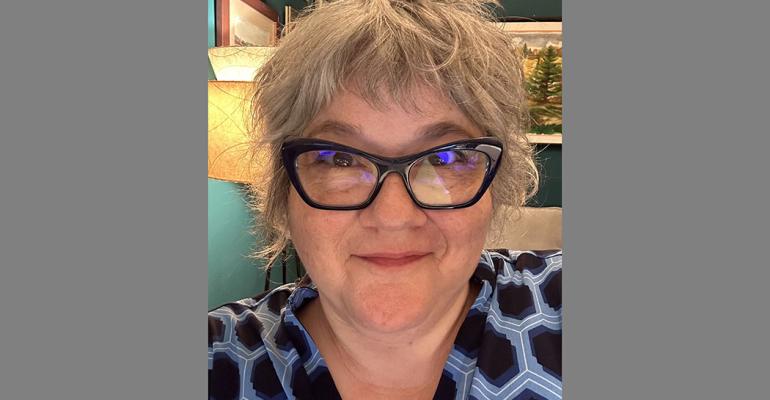It’s not often that a business-event planner has a formal education and professional background in change management. But about halfway through her 30-year career, Mindy Hanzlik “took some time away from events to get my MBA and become a change-management consultant,” she says.
Fortunately for the events industry, Hanzlik returned to the fold eight years ago, leveraging that knowledge and experience to make meetings more effective for hundreds of companies and tens of thousands of attendees.
About two years ago, the senior director of experience and engagement for The Collective, a division of BCD Meetings & Events, became intrigued by the Neu Project, an online global community started by Google’s event planners to create and share inclusive approaches towards people with neurodiversity.
Neurodiversity, though, is a somewhat misunderstood term. After all, everyone differs in how they process information and communicate with others, especially in the high-stimulus atmosphere found at conferences and trade shows. And while about 20 percent of people have ADHD, dyslexia, autism spectrum disorder, or another diagnosed condition, neurodiversity applies to a far broader swath of the population.
This revelation hit Hanzlik shortly after her introduction to the Neu Project, when she heard from another source that about 50 percent of people watch television with on-screen captioning enabled. In other words, “a lot of people are reading the dialogue as they watch in order to better absorb the content,” she notes.
So, Hanzlik used everything that she learned to develop a framework for neurodiversity that helps BCD’s clients reimagine their meetings. Specifically, “crafting a journey that excites every attendee because it gives them what they need to be part of the conversation, to connect with the host’s message, and to get from the meeting whatever it is the host wants them to get from it,” she says.
With Hanzlik’s approach, “changing up the agenda is crucial, because many neurodivergent people need sufficient time and the right environment to process information.” Here, then, are just some of the modifications she has employed for clients whose events account for attendee neurodiversity: a bit more space and less stimulation first thing in the morning; access to information ahead of sessions; available quiet spaces throughout the day featuring tactile tools such as fidget spinners to bring relaxation and focus; the ability to watch general sessions from guest rooms to be away from crowds temporarily; and different meal set-ups such as buffets that keep different flavors and scents separated.
Lastly, Hanzlik encourages clients to request feedback after each event from attendees who consider themselves neurodivergent, to see what works on site and what else needs to be addressed.
Challenges to Change
“Getting buy-in is interesting because a lot of it comes down to price—people assume this has to cost a lot of money,” Hanzlik says. “The changes don’t actually cost much, but they do require time to think through how you will change your approach in each area of the event.”
Selling Change
“You must help stakeholders see this as an imperative: If you're going to spend a million dollars bringing people together for four days, you need to think through how you're going to get them to absorb, understand, and retain what you’re delivering. We emphasize the potential loss of engagement, loss of retention, and loss of enthusiasm because a good number of people will show up already knowing that the experience is going to be too much ‘peopling’ for them and they aren’t going to get much from it.”
“When you start to talk through these things, it at least gets decisionmakers to consider that it could be worthwhile. Then we say, ‘Here are some things we could do that will have only a small budget impact but make a real difference.’ That’s when they start to open up to it.”





